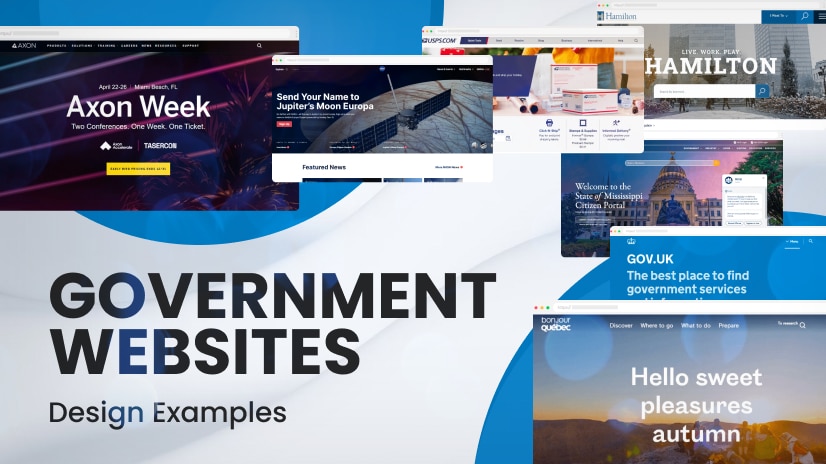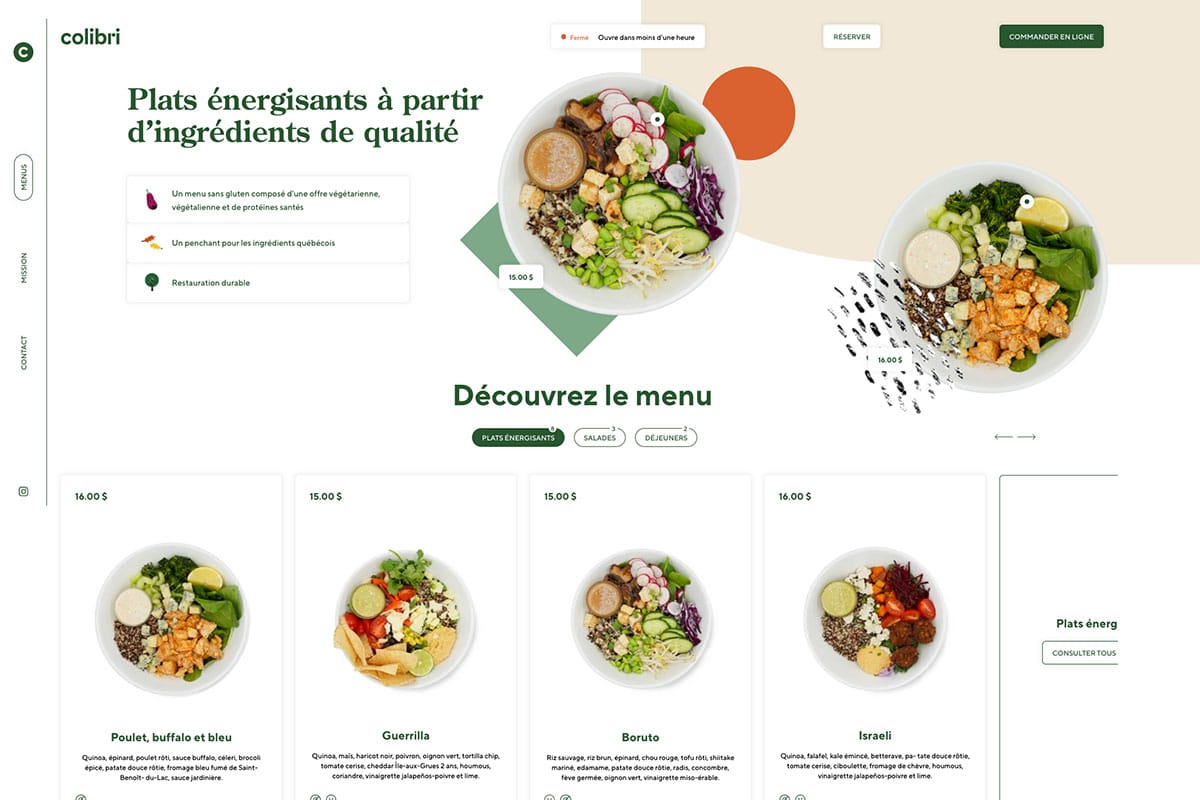Website Renovation 101: Crafting an Upgrade Blueprint
In this day and age, your website acts as the digital representation of your company by serving as its virtual face. It is necessary to do periodic upgrades in order to maintain its freshness, relevance, and appeal to your audience, just like a real business. It is crucial to have a well-crafted upgrade blueprint, regardless of whether you are redesigning your design, enhancing functionality, or optimizing for improved performance. What are the most important things to take in order to ensure that the website redevelopment project is successful? Website Renovation 101: Crafting an Upgrade Blueprint

Assess Your Current Website
First, you should take a step back and evaluate the existing state of your website before beginning the process of remodeling. Identify its areas of strength and weakness, as well as areas that could want improvement. Obtaining insights into user behavior and preferences can be accomplished through the analysis of indicators such as traffic, bounce rate, conversion rates, and individual user comments. The base for your refurbishment approach will be this evaluation, which will function as the foundation.
Define Your Goals and Objectives
Establish your goals and objectives for the renovation project in a clear and concise manner. You want to improve the user experience, boost the number of conversions, or increase the visibility of your website in search engines. Through the establishment of goals that are explicit, quantifiable, and attainable, you will be able to efficiently prioritize work and distribute resources. It is important to link the aims of your refurbishment project with the general objectives of your organization, whether those objectives are to increase engagement, generate leads, or improve brand identity.
Understand Your Target Audience
When building a website that caters to the requirements and preferences of your target audience, it is essential to have a solid understanding of that audience. It is important to conduct extensive market research in order to determine your target demographic, as well as their interests, pain points, and interactions online. Through the utilization of this information, you may customize the layout, content, and functionality of your website in order to adapt to their interests and give a smooth experience for the user.
Create a Budget and Timeline
As soon as you have a complete comprehension of your objectives and the people who will be viewing your restoration project, you should devise a reasonable budget and schedule for it. Take into consideration a variety of aspects, including the costs of design and development, integrations with third parties, and continuing maintenance fees. Establishing milestones and deadlines allows you to monitor progress and guarantee that the project is completed on time and without exceeding the allotted budget.

Develop a Comprehensive Plan
It is necessary to design a complete plan for the renovation, keeping in mind your objectives, target audience, financial constraints, and timetable. Outline the particular modifications and enhancements that you propose to make, such as the redesign of the website, enhancements to the functionality, content updates, and optimizations for search engine optimization. Divide the plan into tasks that can be carried out, and then rank them in order of importance according to the influence they will have on your goals and objectives.
Choose the Right Tools and Technologies
When it comes to successfully carrying out your renovation plan, it is absolutely necessary to choose the appropriate tools and technologies. You should select solutions that are in accordance with your objectives, financial constraints, and technological necessities, whether you are looking for a content management system (CMS), an e-commerce platform, or analytics tools. You should take into consideration aspects such as scalability, flexibility, ease of use, and compatibility with the technologies you already have in place.
Implement Design and Functional Changes

Now that you have a well-thought-out plan in place and the resources you need at your disposal, it is time to make modifications to the style and functionality of your website. In order to bring your vision to reality, you should collaborate closely with designers, developers, and content providers. The creation of a design that is visually appealing, an intuitive navigation system, a smooth user experience, and mobile responsiveness should be your primary focus.
Test and Iterate
After the modifications have been implemented, your website should be carefully tested across a variety of browsers, devices, and user situations in order to detect any problems or defects that may have occurred. In order to evaluate the users’ experience and level of contentment with the newly updated website, it is important to solicit input from stakeholders and users. In order to achieve optimal performance and usability, iterate continuously based on the input that has been received, making tweaks and refinements as required.
Launch and Promote Your Renovated Website
After you have reached a point where you are content with the final result, it is time to publish your newly rebuilt website and promote it to the audience you have in mind. The launch should be announced across all of your marketing platforms, including but not limited to email, social media, and press releases. To persuade people to explore the redesigned website, it is important to highlight the most important enhancements and functionalities. You should continue to develop your website based on user input and data insights, and you should monitor performance indicators after the launch of your website.
Conclusion
Making an investment in the renovation of your website is a strategic move that may have a big impact on both your online visibility and the success of your business. Ensure that your renovation project is well-planned, performed, and aligned with your business objectives by following these steps and building a comprehensive upgrade blueprint. This will allow you to ensure that your renovation project is successful. Continue to develop and adjust in response to the ever-shifting digital world in order to maintain a competitive advantage over your rivals and fulfill the requirements of your audience.






